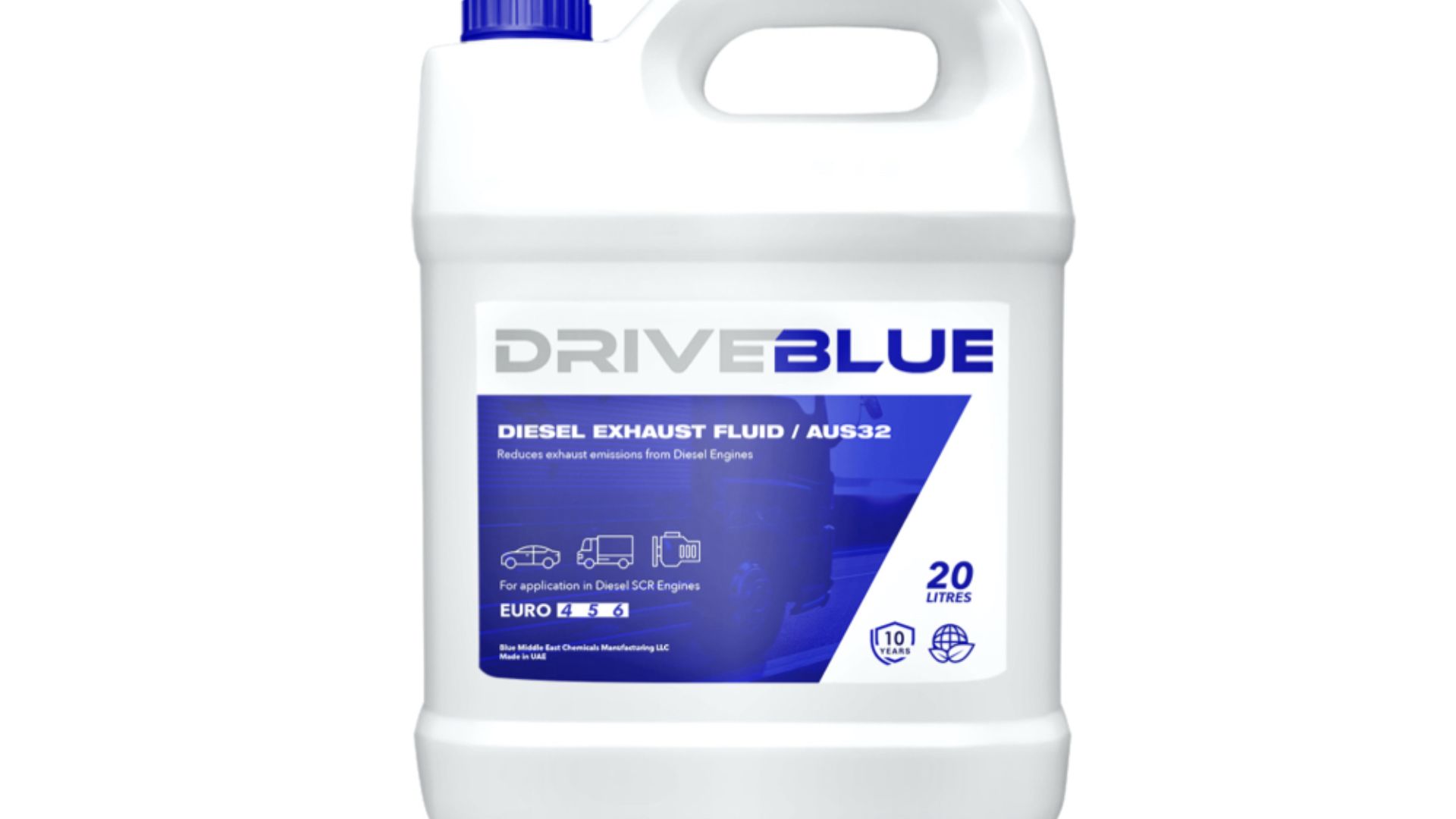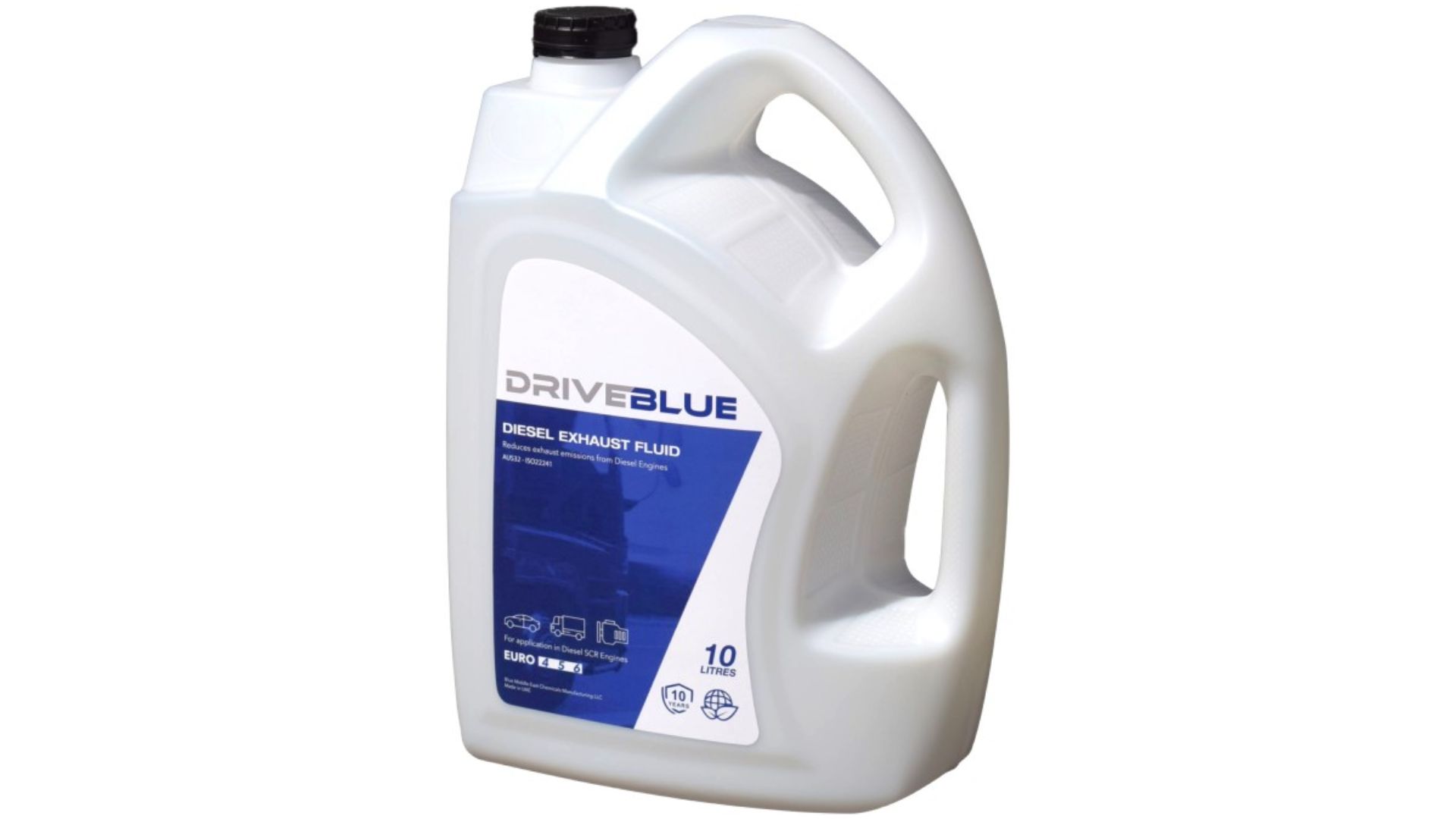Introduction:
In the dynamic landscape of automotive engineering, the quest for efficiency, performance, and environmental responsibility is an ongoing journey. Diesel engines have long been synonymous with power and torque, yet they also carry a reputation for emissions that impact our environment. However, within this realm, a solution has emerged – the Blue Additive for Diesel Engines. This innovative component holds the key to unlocking both performance and environmental sustainability in diesel-powered vehicles. Let’s delve into the depths of this technology to understand its significance and impact.

Understanding Blue Additive:
Blue additive, often referred to as AdBlue or Diesel Exhaust Fluid (DEF), is a solution comprised of urea and deionized water. It plays a pivotal role in the Selective Catalytic Reduction (SCR) system, a technology employed in modern diesel engines to reduce harmful nitrogen oxide (NOx) emissions. When injected into the exhaust stream, this additive undergoes a chemical reaction with NOx, converting it into harmless nitrogen and water vapor. This process occurs within the SCR catalyst, effectively mitigating the environmental footprint of diesel engines.
Enhancing Environmental Sustainability:
The integration of blue additive technology marks a significant milestone in the pursuit of environmental sustainability within the automotive industry. By significantly reducing NOx emissions, diesel vehicles equipped with SCR systems contribute to cleaner air and a healthier environment. This is particularly essential in urban areas where air quality is a pressing concern. Furthermore, the use of blue additive facilitates compliance with stringent emissions regulations, demonstrating a commitment to responsible manufacturing and transportation practices.
Optimizing Engine Performance:
Beyond its environmental benefits, blue additive also plays a crucial role in optimizing engine performance. By enabling more efficient combustion processes, diesel engines equipped with SCR systems experience improved fuel economy and power output. This translates to enhanced driving dynamics and overall vehicle performance. Additionally, the reduction in NOx emissions minimizes the risk of engine damage and extends the lifespan of critical components, leading to greater reliability and durability.
Addressing Common Misconceptions:
Despite its numerous advantages, blue additive technology has been subject to certain misconceptions. Some critics argue that it introduces additional complexity and cost to diesel vehicles. However, the benefits it provides in terms of emissions reduction and performance optimization far outweigh these concerns. Moreover, advancements in manufacturing processes have led to greater affordability and accessibility of blue additive solutions, making them a viable option for a wide range of vehicles.
Future Prospects and Innovations:
As automotive technology continues to evolve, so too does the potential of blue additive technology for diesel engines. Ongoing research and development efforts aim to further enhance the efficiency and effectiveness of SCR systems, paving the way for even greater reductions in emissions and improvements in performance. Additionally, the integration of predictive analytics and artificial intelligence promises to optimize the utilization of blue additive, ensuring optimal performance under varying operating conditions. More Euro (4,5,6) powered vehicles are expected to roll out in the upcoming years to maintain a greener environment globally.

Conclusion:
In conclusion, the advent of blue additive technology represents a paradigm shift in the realm of diesel engines. By combining environmental responsibility with enhanced performance, this innovative solution unlocks new possibilities for automotive engineering. As we continue to navigate the challenges of a rapidly changing world, blue additive stands as a testament to the power of innovation in shaping a cleaner, more sustainable future for all.
